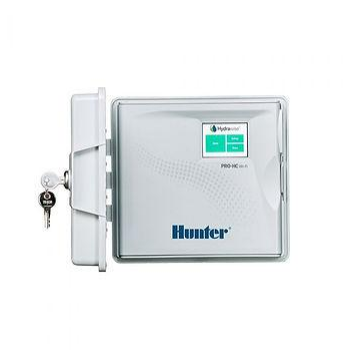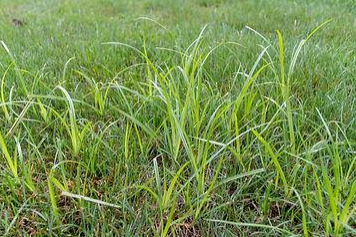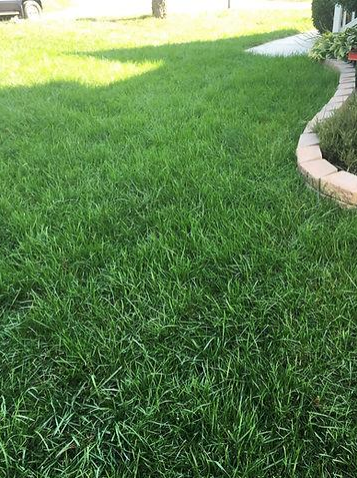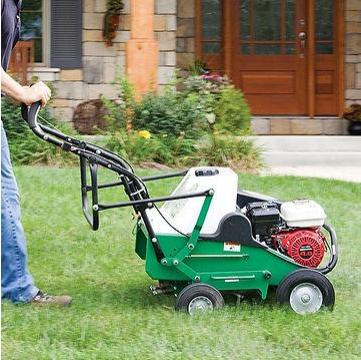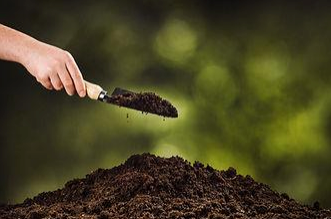GREATEST IMPACT ON THE LAWN - HOW & WHEN?

Chesterfield, VA. When looking for the greatest impact on the lawn for the year, I decided to limit the parameters to change in health, and visual impact. Pre-emergent weed control definitely produces great results with weed control and overall health of the lawn, but does not have quite as dynamic of a visual impact. Aeration paired with seeding is the health and visual impact winner. The ability of aeration and seeding to transform the lawn can make the whole property look completely different in about a month!
The benefits to aeration and seeding are immense- opening channels for water, and air exchanges, allowing the roots to be reinvigorated after summer stress, re-establishing areas that may have thinned or struggled in the heat/drought, increasing competition for any weeds that thought they would come into the area and take over, and allow nutrients to enter different soil levels.
How does aeration work? Aeration physically opens channels within the soil to allow for air exchange to the rooting zone, the cores come up to the surface to reduce compaction and layering, and we get great seed soil contact increasing the likelihood of success when seeding.
When should I aerate? Aeration on cool season lawns generally should be completed as the night time temperatures begin to cool, normally September or October in our area. We are looking for the grass plants to come out of the 24 hour stress during the heat of summer and begin to recover. Aeration and the air exchange created helps the roots get healthy again and repair themselves from the summer months. For warm season lawns, the aeration timing runs from late June through the end of July when the grass is growing most aggressively to heal, that way it is healthy again before the cooling temperatures prevail.
How does seeding work? Seeding introduces new plants to the lawn, thickening the stand, reinvigorating a mature lawn with new growth, and the opportunity to add the latest varieties of grass plants with improved disease resistance, pest tolerance, color and drought stress. For those of us with fescue lawns, fescue is a bunch type of grass which does not naturally move laterally to fill any thin areas or gaps in coverage, so we need to annually seed new plants to rejuvenate the lawn.
When should seed get planted? Seed needs warm soil temperatures in order to germinate, however it is not very tolerant of high heat once it begins to grow, therefore in this area it is best to plant cool season grass in the September, early October time frame - the soil temperatures are still warm from summer, but the nights are cooler, and the temperatures not as high for as long. For warm season grasses seeding is rarely done, although if necessary in the late spring, early summer so that the new grass gets as many sun days as possible before the temperatures cool. Most warm season grasses are established through springs or sod rather than seed, generally these methods lead to a more successful overwinter or the plants.
With these time frames quickly approaching, if you need a big improvement, to reinvigorate or just thicken up the stand of grass - start planning now!
If you liked my blog post, share it with a friend! For more information, questions or comments - sign up to share.
About me
Sean Welch is the owner/operator of SuperTurf LLC where he helps homeowners in the area improve the quality of their lawns and irrigation setups to achieve the success they desire. He was a formerly a golf course superintendent with a degree in Landscape and Turfgrass Management from Virginia Tech.
